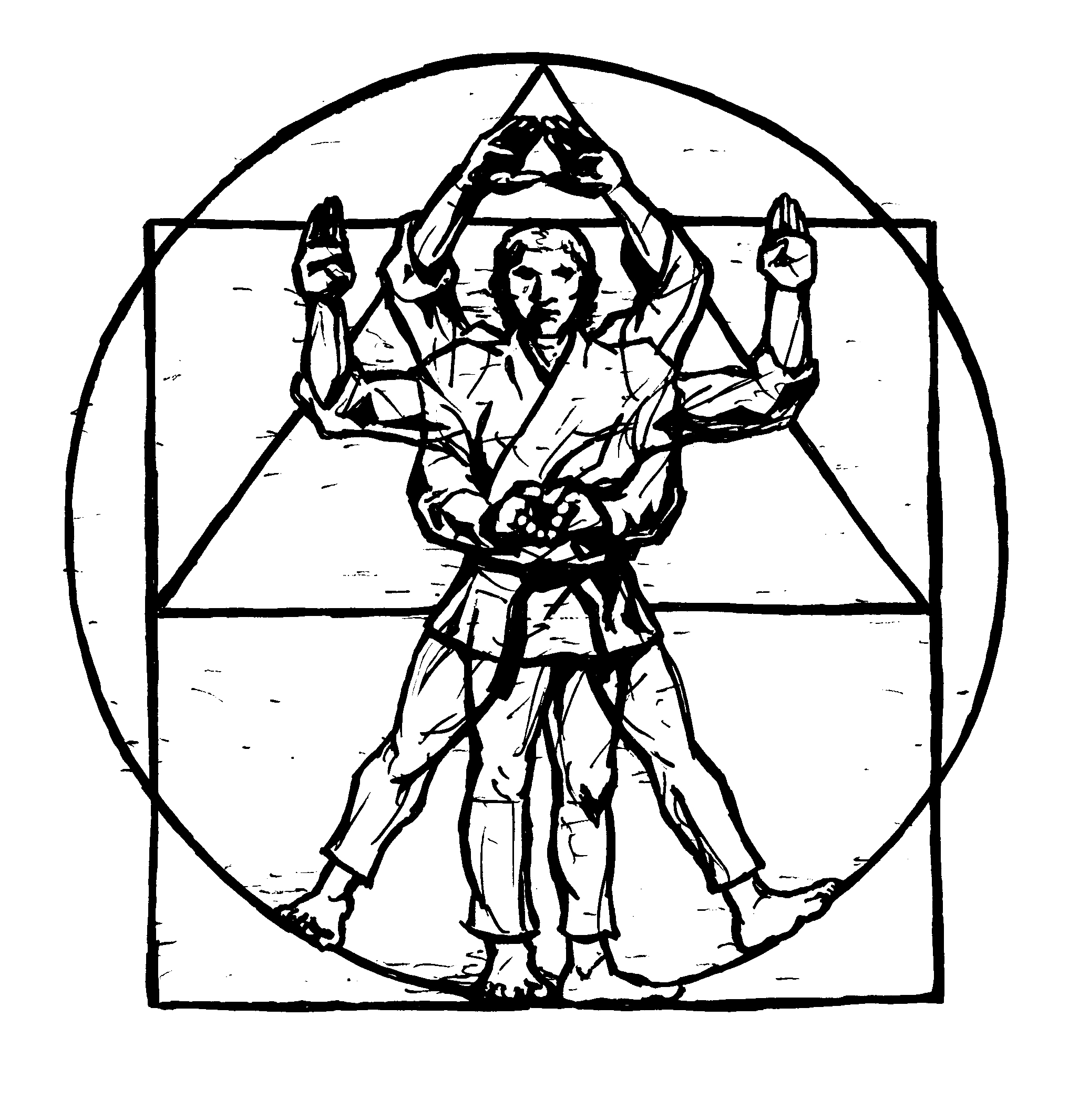Passai and Kusanku Oyo Bunkai – Sukui-Uke
Recently, an online friend of mine, who studies and teaches the Shinjinbukan system, has been posting video clips from Onaga Yoshimitsu Sensei’s trip through Europe. The most recent video (at the time of writing this post) is the one, above. At about 1:14, you can see Onaga Sensei demonstrate an application for a movement in Passai. We actually teach the […]











